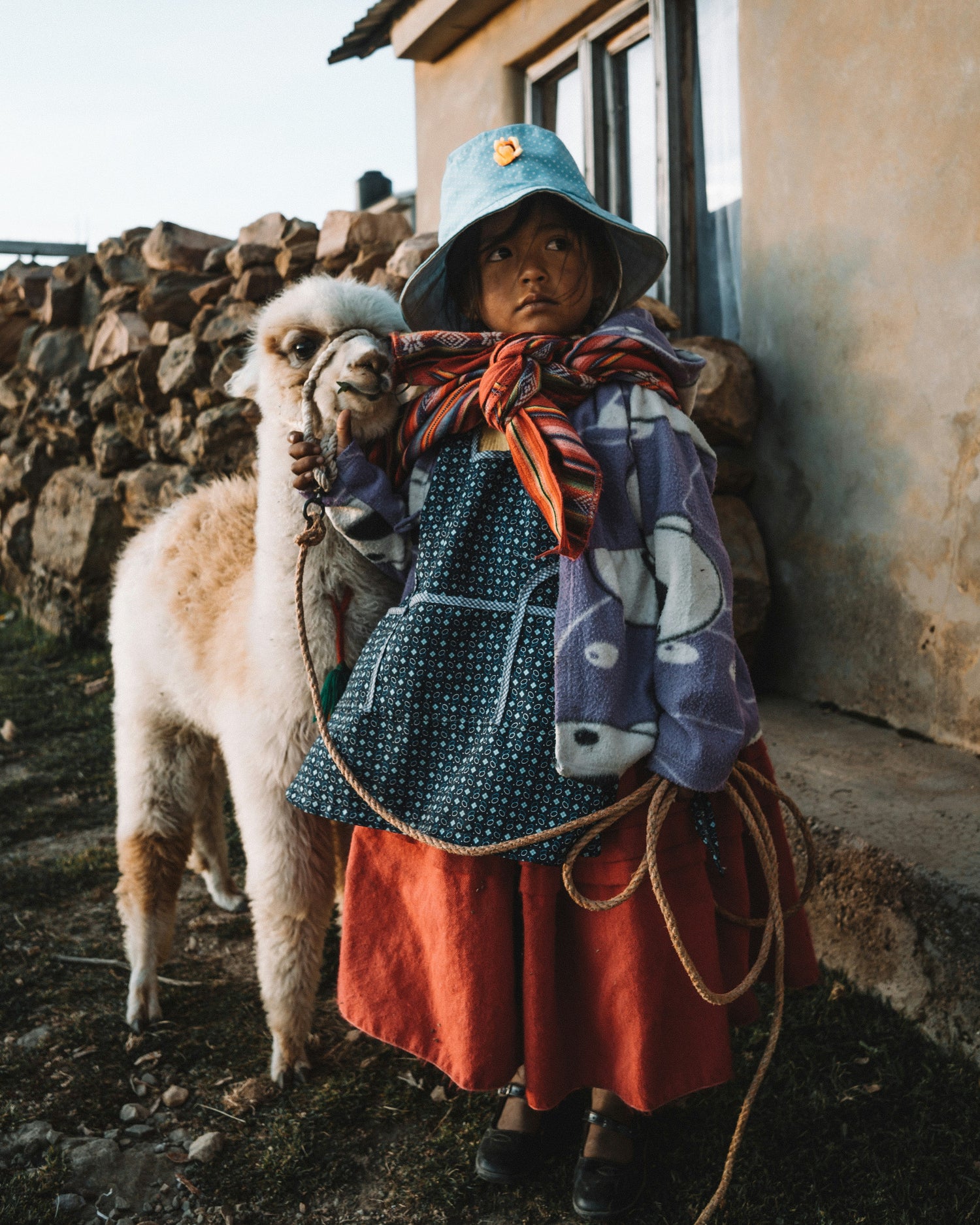
Bolivia Teoponte: Coffee From the Edge of the Amazon
You don’t see Bolivian coffees on every shelf. The country produces less than 0.1% of the world’s Arabica, and most of it doesn’t make it out of the Yungas region. But when it does, it turns heads.
Right now, we’ve got a washed bean from Teoponte—a clean, structured coffee with stone fruit acidity, a silky body, and soft florals. If you're curious about what makes Bolivian coffee—and Teoponte specifically—stand out, here’s is the scoop.
Where Is Teoponte, and Why Does It Matter?
Teoponte is a municipality in northern La Paz, about 200 km from the capital city. It sits at the transition zone between the Andes and the Amazon basin. This matters for two reasons:
- Elevation – The coffee is grown between 1,200 and 1,800 metres above sea level. Higher elevation slows down cherry maturation, which contributes to sugar development in the bean. In short, sweeter, more complex coffee.
- Biodiversity – Teoponte is within a subtropical cloud forest. Unlike more industrial regions, farms here are small, usually under five hectares, and surrounded by native forest. This means shade-grown coffee, organic practices (even when not officially certified), and minimal agrochemical use.
The geography isn’t just a bonus—it’s central to how this coffee develops flavour.
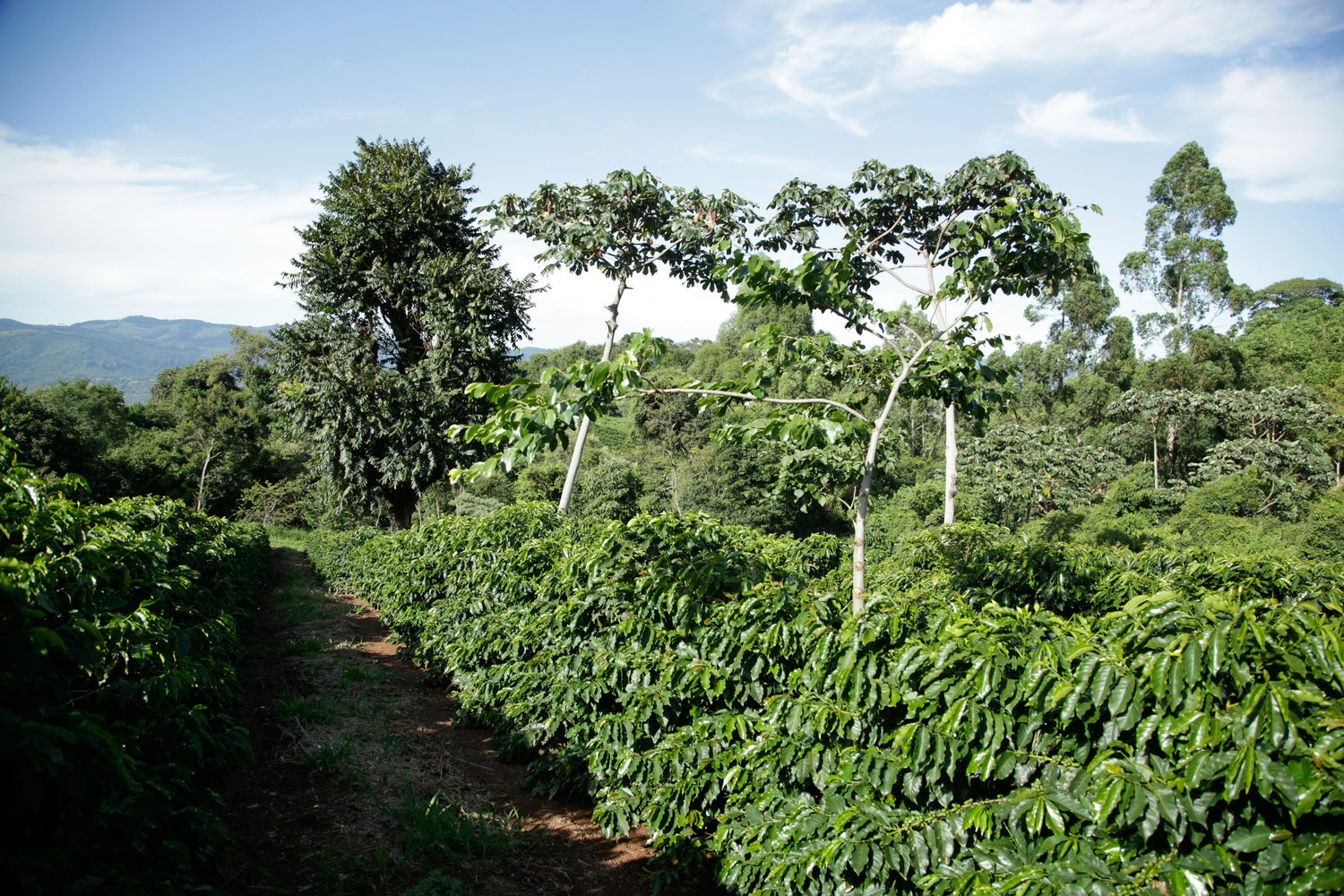
Who’s Growing It?
Most of the farmers in Teoponte are Aymara or Quechua, Indigenous groups who’ve farmed this land long before coffee arrived. Unlike large estates in other countries, Bolivian coffee production is dominated by smallholders. They manage their own plots, often hand-picking and processing cherries on site.
The Teoponte beans we roast are part of a network supported by Café Kreyol, a importer known for working directly with producers and paying well above Fair Trade minimums—up to 300% more, according to their sourcing model. It’s traceable, audited, and publicly stated in their transparency reports.
So, if transparency and equity in coffee supply chains matter to you, this checks the box.
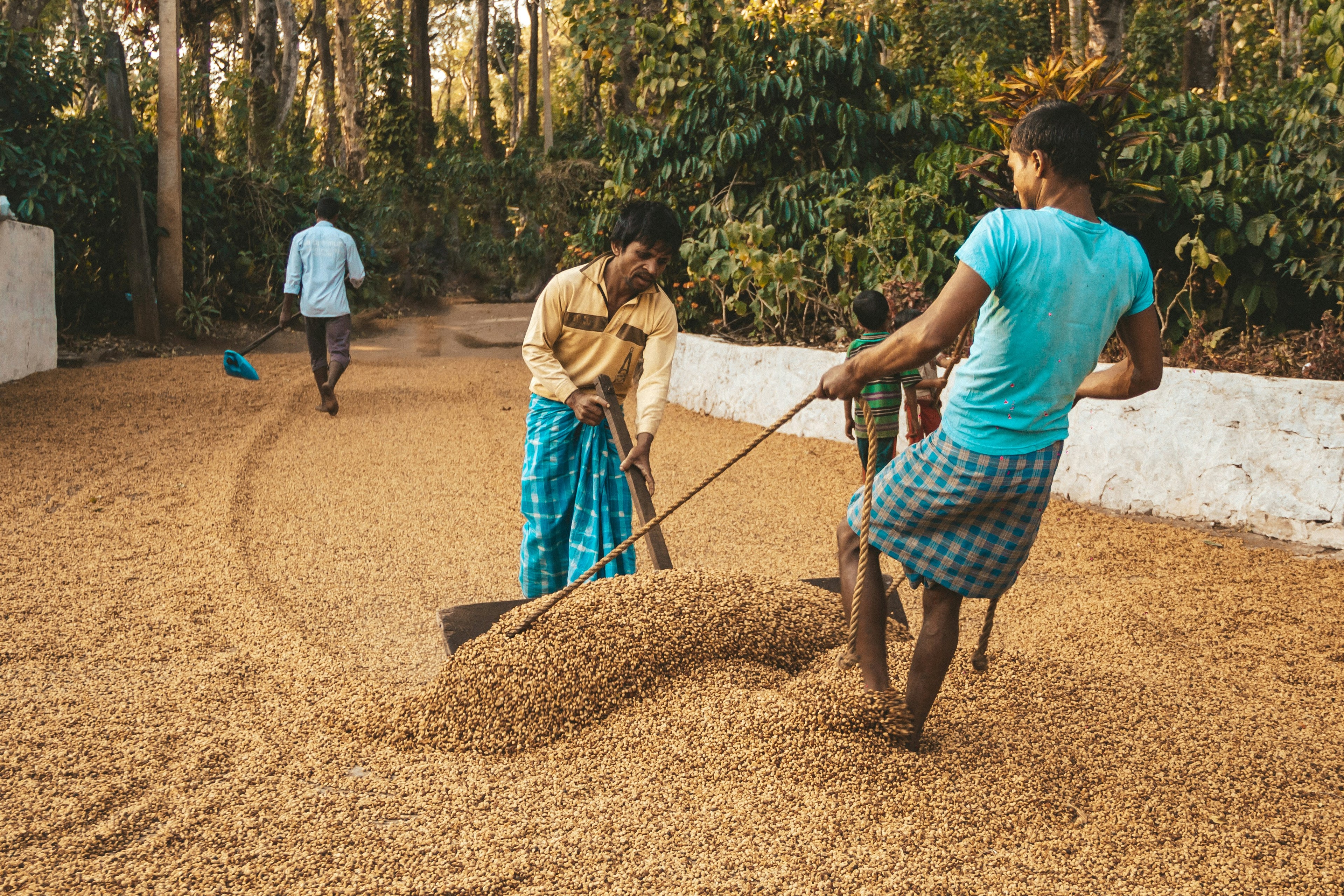
Processing: Washed, Not Wild
If you’ve been following specialty coffee trends, you’ve probably seen a wave of experimental fermentation—anaerobics, honeys, carbonics. This Teoponte lot doesn’t do any of that.
It’s a fully washed coffee, meaning:
- The fruit is removed from the seed right after harvest.
- Beans are fermented in water (usually for 12–24 hours).
- They’re then washed clean and dried on raised beds or patios.
This process is time-tested and reliable. It prioritizes cleanliness and transparency in flavour.
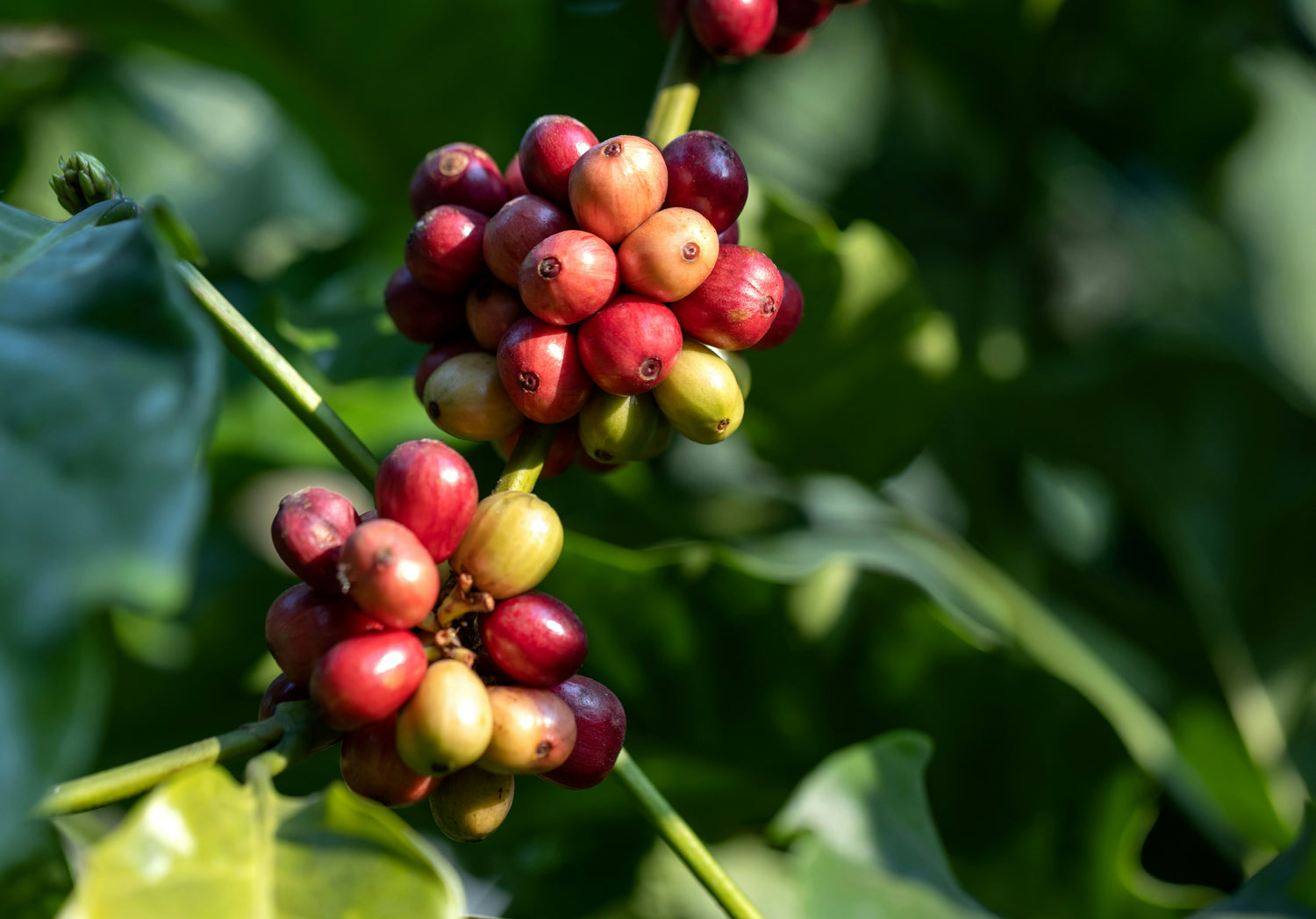
Cup Profile: What It Tastes Like
With Bolivia Teoponte, you get a cup that’s clean, structured, and easy to dial in. We taste:
- Red plum acidity – Bright, but not sharp.
- Brown sugar sweetness – Subtle and even.
- Soft florals – Mostly in the aroma, not overwhelming.
- Creamy texture – Especially noticeable when brewed as a pour-over.
This is the kind of coffee that feels composed. No flashy notes, no sharp edges—just balance. It’s approachable but layered, and it holds up whether you're brewing manually or using a machine.
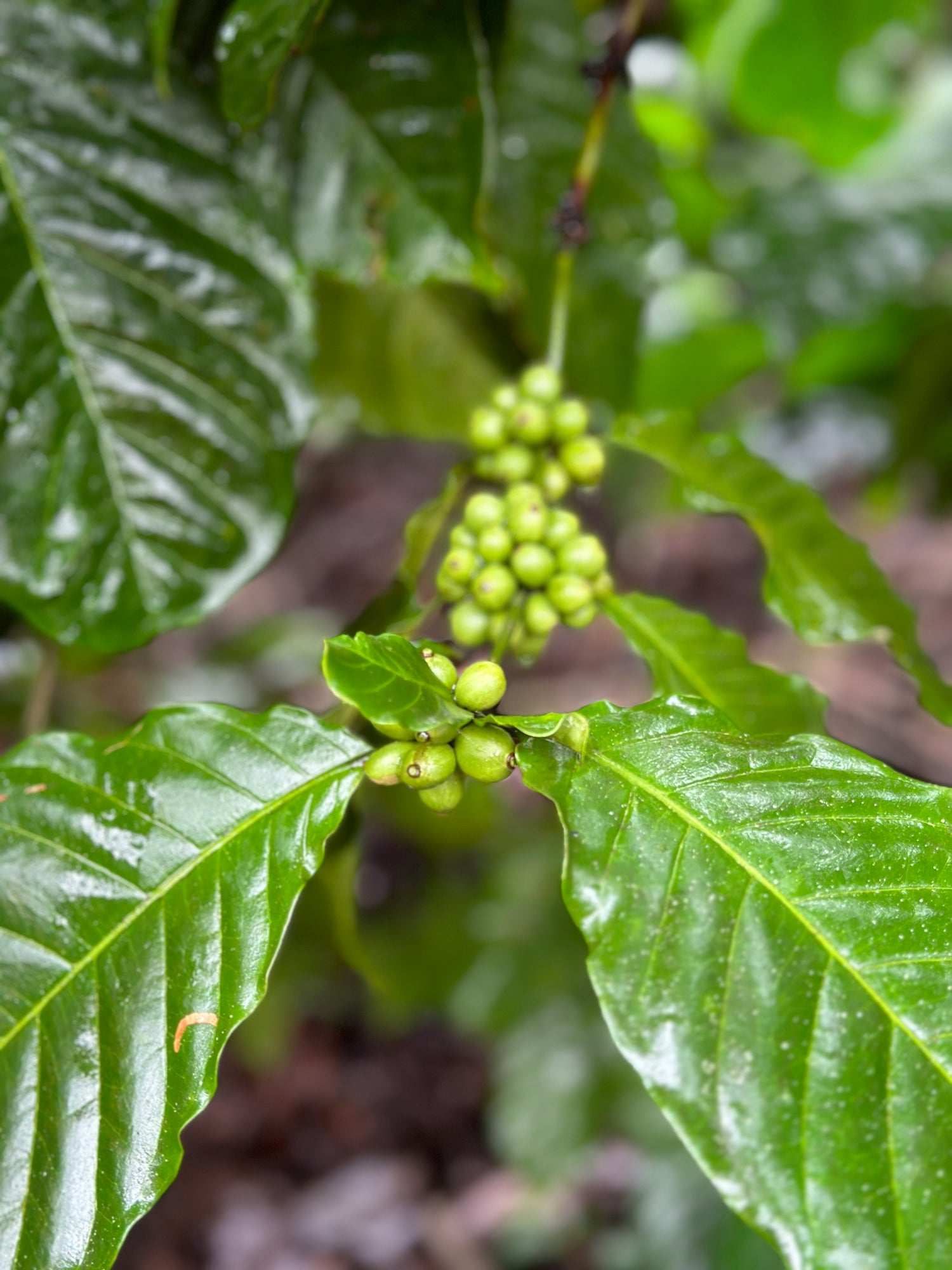
Why You Rarely See Bolivian Coffee
Bolivia used to produce a lot more coffee—over 100,000 bags annually in the early 2000s. But over the last two decades, production has plummeted due to a combination of factors:
- Lack of infrastructure – Poor roads, limited access to mills, and few local buyers.
- Coca farming – In many areas, coca leaf is more profitable and easier to grow.
- Migration – Younger generations have moved to urban centres, leaving fewer people to manage the farms.
As a result, Bolivia now produces around 20,000 bags per year. For context, Brazil produces over 60 million. So when Bolivian coffee shows up—especially in a quality-focused, traceable format like this—it’s not common. That doesn’t automatically make it rare or precious, but it does mean someone worked hard to get it here.

Now Roasting in Calgary
We’ve got Bolivia Teoponte in The Roasterie right now. It’s not part of a limited-edition drop or some hyped-up novelty. It’s just a genuinely good coffee from a place that doesn’t always get the spotlight.You won’t find this on every shelf or menu, and that’s kind of the point. It’s not exclusive because of branding—it’s just not mass-produced. If you want something clean, origin-forward, and grown with care by people who take pride in their work, this is worth a spot in your brew rotation.Swing by the shop, or grab a bag online. We’ll handle the roast—you just bring the curiosity.
